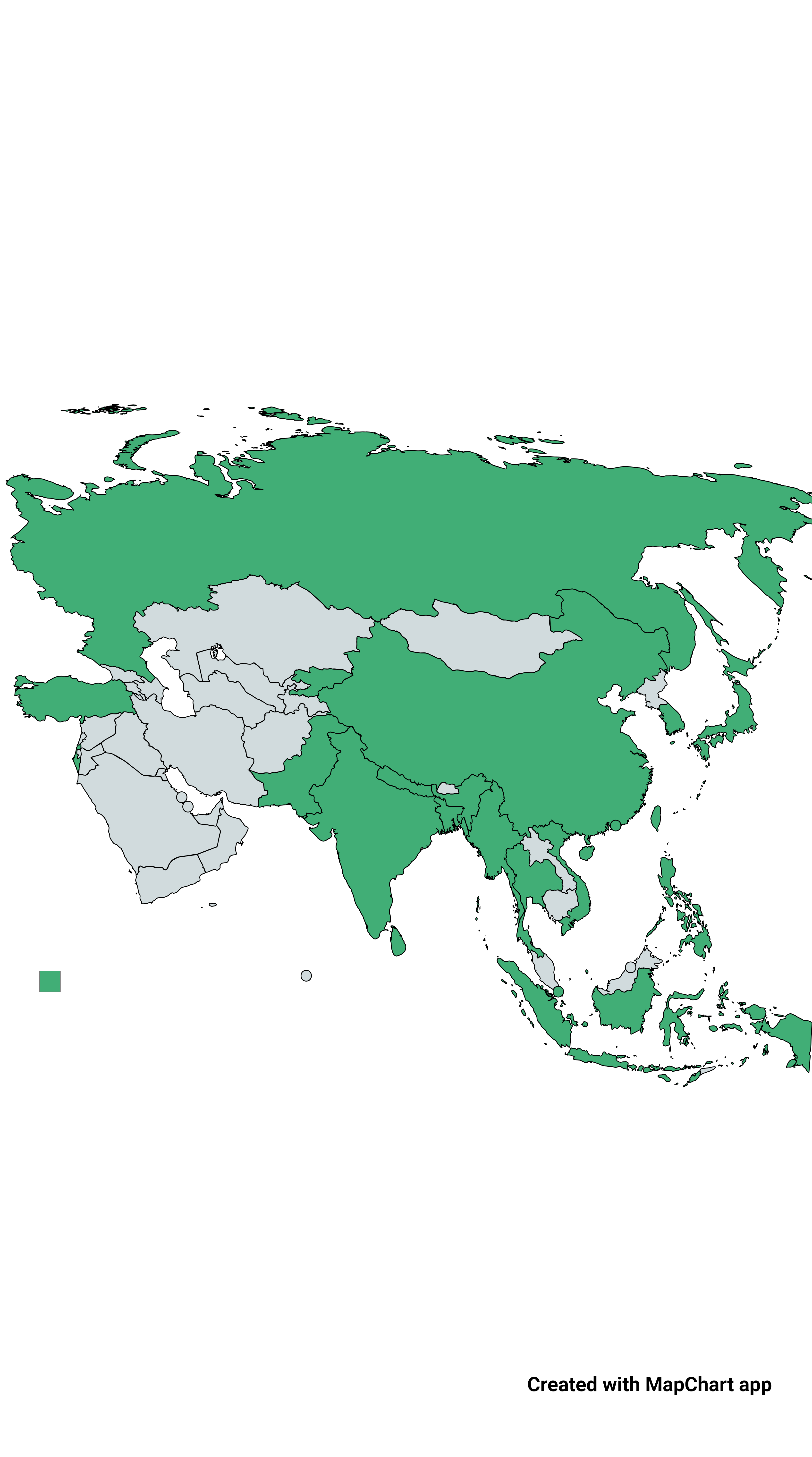Map of Asian Countries with Female Leaders


Alex Cartwright
Senior Cartographer & GIS Specialist
Alex Cartwright is a renowned cartographer and geographic information systems specialist with over 15 years of experience in spatial analysis and data...
Geographic Analysis
What This Map Shows
This map highlights Asian countries that have had, or currently have, a female head of state or government. It provides a visual representation of women's representation in political leadership across the continent. As we delve into this topic, it’s essential to understand the significance of female leadership in shaping policies and perspectives in various nations.
Deep Dive into Female Political Leadership in Asia
Female political leadership has gained momentum in recent decades, particularly in Asia, where several nations have elected women to the highest offices. Interestingly, countries like India, Bangladesh, and Pakistan have had prominent female leaders who have not only influenced domestic policies but have also made their mark on international stages.
Take India, for instance. Indira Gandhi served as Prime Minister from 1966 to 1977 and again from 1980 until her assassination in 1984. Her tenure was marked by significant political and economic changes, including the Green Revolution, which transformed India's agricultural landscape. Similarly, Bangladesh has seen two female leaders, Sheikh Hasina and Khaleda Zia, who have alternated power since the late 1990s, demonstrating the dynamic role of women in the political arena.
In Southeast Asia, countries like Myanmar and the Philippines have also had female heads of government. Aung San Suu Kyi, despite facing significant political challenges and international scrutiny, represented a symbol of democracy and resistance against military rule. The Philippines has had two female presidents—Corazon Aquino and Gloria Macapagal Arroyo—who played pivotal roles in shaping the nation’s democratic landscape.
However, it’s crucial to note that female leadership in these countries does not always equate to progressive policies regarding gender equality. For instance, while these female leaders have broken glass ceilings, many have faced accusations of authoritarianism or governance challenges, which complicates the narrative around women in political power.
The role of women in leadership positions is not just about breaking barriers; it also reflects broader societal attitudes toward gender. Countries with female leaders often experience shifts in public discourse regarding women's rights and empowerment, although the impact can vary significantly. Statistics show that when women are in power, policies tend to focus more on health, education, and social welfare, which can lead to improved outcomes for marginalized groups.
Regional Analysis
Looking at the map reveals distinct patterns across different regions of Asia. South Asia stands out with several female leaders, including India and Bangladesh, where cultural norms regarding gender roles have started to shift, albeit slowly. In contrast, Central Asia has seen fewer female heads of state, with only a handful of notable examples, such as the former President of Kyrgyzstan, Roza Otunbayeva, who served from 2010 to 2011.
In East Asia, the presence of female leaders is also noteworthy. Countries like Taiwan and Japan have seen women in significant political roles—Tsai Ing-wen has been the President of Taiwan since 2016, leading progressive reforms in the region. However, Japan has yet to elect a female Prime Minister, despite having several women in prominent political positions.
Southeast Asia presents a mixed picture, with countries like Indonesia and the Philippines having a history of female leadership, while others, like Malaysia, have yet to see a woman lead the nation. Interestingly, the political landscape in these nations often reflects broader cultural attitudes towards women's roles in governance and society.
Significance and Impact
The significance of this map extends beyond mere statistics; it provides insights into the ongoing struggle for gender equality in political representation. Female leadership in Asia is not just a matter of political representation but also a reflection of societal changes and the evolving role of women in various cultures. As women continue to break barriers, they pave the way for future generations, inspiring young girls to aspire to leadership roles in their own countries.
Moreover, as we look to the future, the potential for increased female leadership could lead to more inclusive policies that address the unique challenges faced by women and marginalized communities. The trend of women rising to power in Asian countries could also signal a shift in global perspectives on gender equality and leadership.
In conclusion, the map of Asian countries with female heads of state or government is not just a collection of data points; it is a testament to the progress made and the challenges that remain. As we continue to monitor this landscape, it’s essential to advocate for greater representation and support policies that promote gender equality in all aspects of governance.
Visualization Details
- Published
- October 18, 2025
- Views
- 28
Comments
Loading comments...